There’s an old saying in writing circles—probably scrawled on a thousand sticky notes across the desks of aspiring authors—that commands, Show, don’t tell. The phrase is gospel in every writing workshop, hammered into the heads of new writers as if it’s the single key to unlocking literary greatness. And yet, like all writing advice, it comes with an unspoken asterisk: Show, don’t tell—except when telling works better.
Nobody ever writes that second part on a sticky note.
The truth is, showing and telling aren’t enemies. They’re dance partners. The trick is knowing when to let one lead.
I learned this the hard way when I started writing. I had devoured enough advice on showing vs. telling to think I had it mastered. Every moment was cinematic—sunlight slashed through windows, hands fluttered mid-gesture, and emotions shimmered in characters’ eyes like reflections on a lake. It was exhausting. And worse, it didn’t always serve the story.
One day, a writer asked me something like, “Do I really need to see the way the steam curls off the coffee cup every time a character takes a sip?”
Good question.
 Showing is about immersion. It pulls readers into the scene, making them feel like they’re there. Imagine reading The Grapes of Wrath and not feeling the dust in your throat or the heat bearing down on weary travelers. That novel works because John Steinbeck makes you live in its world.
Showing is about immersion. It pulls readers into the scene, making them feel like they’re there. Imagine reading The Grapes of Wrath and not feeling the dust in your throat or the heat bearing down on weary travelers. That novel works because John Steinbeck makes you live in its world.
Showing is essential when:
- Emotion needs to be felt, not explained. Instead of saying “he was furious,” write how his fingers dug into the armrest, how his jaw clenched so tightly it could crack a tooth.
- The environment contributes to the mood. Think of Wuthering Heights—the moors aren’t just scenery but as tempestuous as the characters.
- You want the reader to interpret a character’s personality. How someone reacts—laughing too hard, hesitating before answering—reveals more than any narration.
A masterclass in showing comes from To Kill a Mockingbird, when Harper Lee describes Atticus Finch leaving the courtroom. The moment isn’t announced with fanfare—no one tells us the weight of what’s happened. Instead, the Black spectators rise as he passes, silently showing their respect. That silence speaks volumes.
Sometimes, showing is like taking the scenic route when a direct road is better.
Telling is useful when:
- The information isn’t worth dramatizing. If a character had an uneventful trip, don’t show every mile of the drive—say, “He arrived without incident.”
- You need to summarize. Moby-Dick has whole chapters on whale anatomy. If Herman Melville had shown every detail, we’d still be reading.
- The reader needs to know something quickly. Sometimes, “She was the youngest in the family” is fine. You don’t need to craft a scene with her standing on tiptoe to prove it.
Even Hemingway, the king of economy, understood this. He could spend pages showing the weight of grief in A Farewell to Arms, but when it came to moving the story along, he told what needed telling.
So, how do you know whether to show or tell? It comes down to pace, impact, and significance.
If a moment is pivotal—show it. Let the reader experience it. But if it’s background noise, telling is often the best route. The key is to be intentional.
Think of it like seasoning. Showing is the rich, complex flavor, and telling is the salt keeping the dish balanced. Use too much of one, and the story suffers.
One of the best pieces of advice I ever received was this: Every story needs both poetry and clarity. If you lean too much into showing, you risk losing clarity. If you rely too heavily on telling, the poetry disappears. The best writers learn when to step back and let the story breathe.
So yes, show. But don’t be afraid to tell when it serves the reader best. And, for heaven’s sake, not every coffee cup needs a paragraph.
Want to Grow as a Writer? Join Author Masterminds
If you’re looking for a community of dedicated writers who understand the challenges of the craft, consider joining Author Masterminds. Here, authors support each other, share marketing strategies, and gain insights beyond just writing—helping you build a career, not just a book. You don’t have to navigate criticism alone. Author Masterminds is a group of like-minded writers who will challenge, encourage, and help you grow. Learn more about how to become a part of it here: https://bit.ly/4k6lvg1.
Author Masterminds—Where Purpose, Power,
Passion, and Partnership Produce Possibilities.



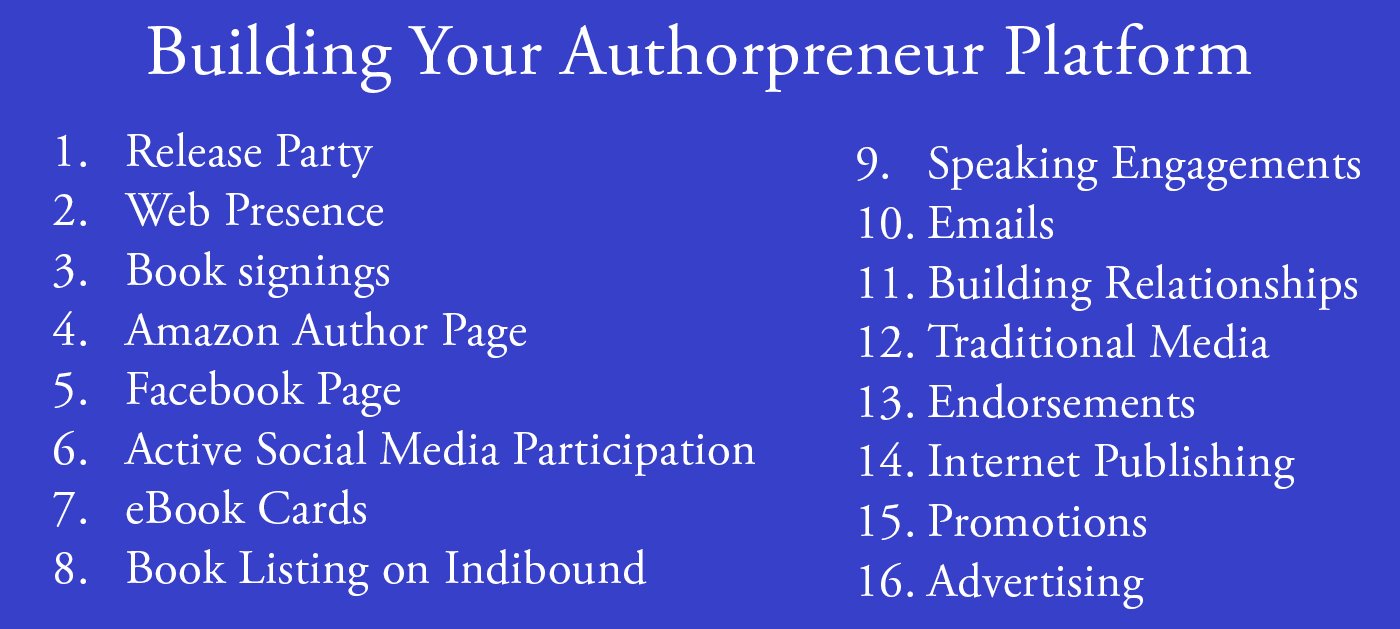
 This is Publication Consultants’ motivation for constantly striving to assist authors sell and market their books. Author Campaign Method (ACM) of sales and marketing is Publication Consultants’ plan to accomplish this so that our authors’ books have a reasonable opportunity for success. We know the difference between motion and direction. ACM is direction! ACM is the process for authorpreneurs who are serious about bringing their books to market. ACM is a boon for them.
This is Publication Consultants’ motivation for constantly striving to assist authors sell and market their books. Author Campaign Method (ACM) of sales and marketing is Publication Consultants’ plan to accomplish this so that our authors’ books have a reasonable opportunity for success. We know the difference between motion and direction. ACM is direction! ACM is the process for authorpreneurs who are serious about bringing their books to market. ACM is a boon for them. Release Party
Release Party Web Presence
Web Presence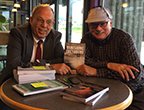 Book Signings
Book Signings Facebook Profile and Facebook Page
Facebook Profile and Facebook Page Active Social Media Participation
Active Social Media Participation Ebook Cards
Ebook Cards The Great Alaska Book Fair: October 8, 2016
The Great Alaska Book Fair: October 8, 2016


 Costco Book Signings
Costco Book Signings eBook Cards
eBook Cards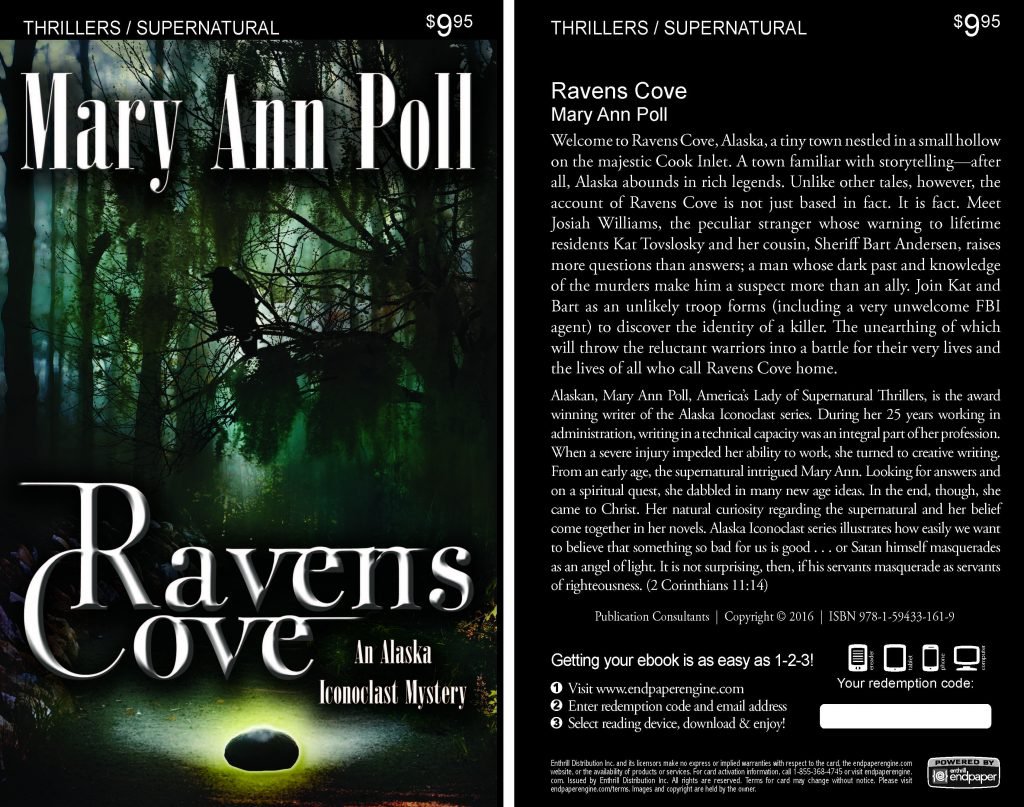

 Benjamin Franklin Award
Benjamin Franklin Award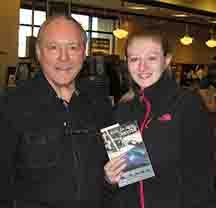 Jim Misko Book Signing at Barnes and Noble
Jim Misko Book Signing at Barnes and Noble
 Cortex is for serious authors and will probably not be of interest to hobbyists. We recorded our Cortex training and information meeting. If you’re a serious author, and did not attend the meeting, and would like to review the training information, kindly let us know. Authors are required to have a Facebook author page to use Cortex.
Cortex is for serious authors and will probably not be of interest to hobbyists. We recorded our Cortex training and information meeting. If you’re a serious author, and did not attend the meeting, and would like to review the training information, kindly let us know. Authors are required to have a Facebook author page to use Cortex. Correction:
Correction: This is Publication Consultants’ motivation for constantly striving to assist authors sell and market their books. ACM is Publication Consultants’ plan to accomplish this so that our authors’ books have a reasonable opportunity for success. We know the difference between motion and direction. ACM is direction! ACM is the process for authors who are serious about bringing their books to market. ACM is a boon for serious authors, but a burden for hobbyist. We don’t recommend ACM for hobbyists.
This is Publication Consultants’ motivation for constantly striving to assist authors sell and market their books. ACM is Publication Consultants’ plan to accomplish this so that our authors’ books have a reasonable opportunity for success. We know the difference between motion and direction. ACM is direction! ACM is the process for authors who are serious about bringing their books to market. ACM is a boon for serious authors, but a burden for hobbyist. We don’t recommend ACM for hobbyists.

 We’re the only publisher we know of that provides authors with book signing opportunities. Book signing are appropriate for hobbyist and essential for serious authors. To schedule a book signing kindly go to our website, <
We’re the only publisher we know of that provides authors with book signing opportunities. Book signing are appropriate for hobbyist and essential for serious authors. To schedule a book signing kindly go to our website, < We hear authors complain about all the personal stuff on Facebook. Most of these complaints are because the author doesn’t understand the difference difference between a Facebook profile and a Facebook page. Simply put, a profile is for personal things for friends and family; a page is for business. If your book is just a hobby, then it’s fine to have only a Facebook profile and make your posts for friends and family; however, if you’re serious about your writing, and it’s a business with you, or you want it to be business, then you need a Facebook page as an author. It’s simple to tell if it’s a page or a profile. A profile shows how many friends and a page shows how many likes. Here’s a link <> to a straight forward description on how to set up your author Facebook page.
We hear authors complain about all the personal stuff on Facebook. Most of these complaints are because the author doesn’t understand the difference difference between a Facebook profile and a Facebook page. Simply put, a profile is for personal things for friends and family; a page is for business. If your book is just a hobby, then it’s fine to have only a Facebook profile and make your posts for friends and family; however, if you’re serious about your writing, and it’s a business with you, or you want it to be business, then you need a Facebook page as an author. It’s simple to tell if it’s a page or a profile. A profile shows how many friends and a page shows how many likes. Here’s a link <> to a straight forward description on how to set up your author Facebook page.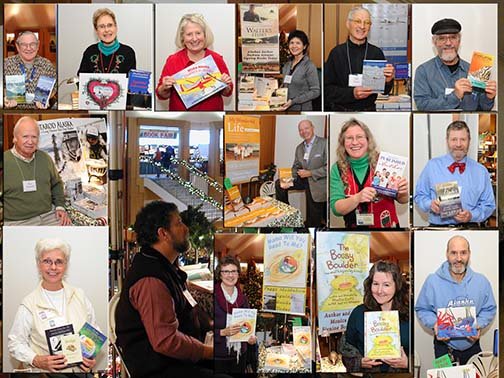



 Mosquito Books has a new location in the Anchorage international airport and is available for signings with 21 days notice. Jim Misko had a signing there yesterday. His signing report included these words, “Had the best day ever at the airport . . ..”
Mosquito Books has a new location in the Anchorage international airport and is available for signings with 21 days notice. Jim Misko had a signing there yesterday. His signing report included these words, “Had the best day ever at the airport . . ..”


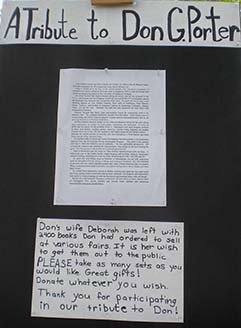
 The Lyin Kings: The Wannabe World Leaders
The Lyin Kings: The Wannabe World Leaders
 Time and Tide
Time and Tide


 ReadAlaska 2014
ReadAlaska 2014 Readerlink and Book Signings
Readerlink and Book Signings
 2014 Independent Publisher Book Awards Results
2014 Independent Publisher Book Awards Results

 Bonnye Matthews Radio Interview
Bonnye Matthews Radio Interview
 Rick Mystrom Radio Interview
Rick Mystrom Radio Interview When he published those overseas blogs as the book The Innocents Abroad, it would become a hit. But you couldn’t find it in bookstores.
When he published those overseas blogs as the book The Innocents Abroad, it would become a hit. But you couldn’t find it in bookstores. More NetGalley
More NetGalley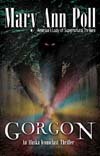 Mary Ann Poll
Mary Ann Poll
 Bumppo
Bumppo
 Computer Spell Checkers
Computer Spell Checkers Seven Things I Learned From a Foreign Email
Seven Things I Learned From a Foreign Email 2014 Spirit of Youth Awards
2014 Spirit of Youth Awards Book Signings
Book Signings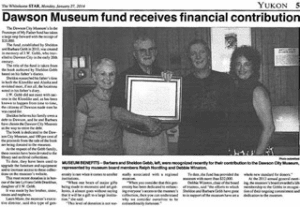

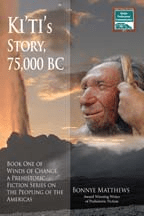
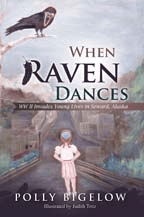 Blog Talk Radio
Blog Talk Radio Publication Consultants Blog
Publication Consultants Blog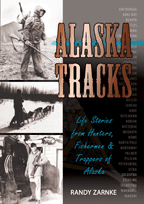 Book Signings
Book Signings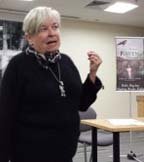
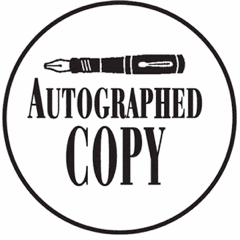
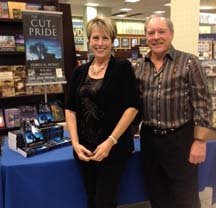

 Don and Lanna Langdok
Don and Lanna Langdok Ron Walden
Ron Walden Book Signings Are Fun
Book Signings Are Fun Release Party Video
Release Party Video
 Erin’s book,
Erin’s book,  Heather’s book,
Heather’s book,  New Books
New Books